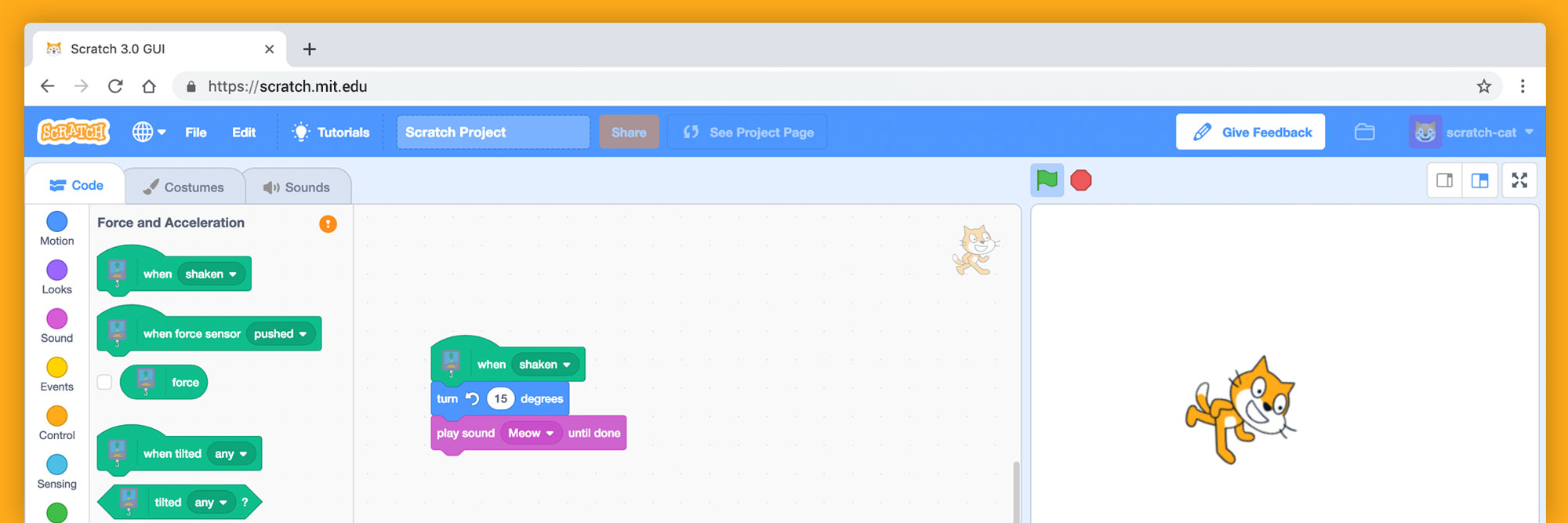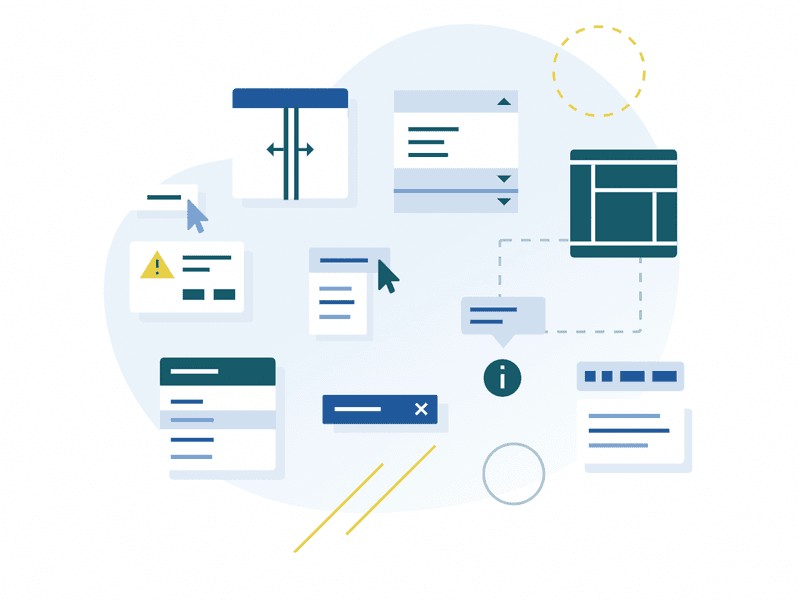
Scratch 3.0 Official Extension for Vernier’s Go Direct Sensors
Vernier
Extending Scratch 3.0, the visual programming language, to use sensor data from educational science hardware.
Challenge
Solution
Impact
We went to Bocoup because of their demonstrated success in the world of Scratch. From design to hand-off they delivered the knowledge, creativity, and technical expertise needed to meet our short-term goals and ultimately, the tools and knowledge we need to continue to grow the project into the future.
Ian Honohan, Software Development Manager, Vernier
More work like this at Bocoup
Contact Us
We'd love to hear from you. Get in touch!


